The photovoltaic market in South Korea is characterized by a dynamic competitive landscape, driven by technological advancements and a strong governmental push towards renewable energy. Key players such as Hanwha Q CELLS (KR), JinkoSolar (CN), and LONGi Green Energy (CN) are at the forefront, each adopting distinct strategies to enhance their market presence. Hanwha Q CELLS (KR) focuses on innovation in solar cell technology, particularly in developing high-efficiency modules, while JinkoSolar (CN) emphasizes global expansion and strategic partnerships to bolster its supply chain. LONGi Green Energy (CN) is heavily investing in R&D to improve production efficiency, which collectively shapes a competitive environment that is increasingly reliant on technological prowess and strategic collaborations.
The business tactics employed by these companies reflect a trend towards localizing manufacturing and optimizing supply chains to mitigate risks associated with global logistics. The market structure appears moderately fragmented, with several players vying for market share, yet the influence of major companies is substantial. This competitive structure fosters an environment where innovation and operational efficiency are paramount, as companies strive to differentiate themselves in a crowded marketplace.
In October 2025, Hanwha Q CELLS (KR) announced a partnership with a leading South Korean technology firm to develop next-generation solar panels that integrate AI for enhanced energy management. This strategic move is likely to position Hanwha Q CELLS (KR) as a leader in smart solar technology, aligning with the growing trend towards digitalization in the energy sector. The collaboration not only enhances their product offerings but also strengthens their foothold in the domestic market.
In September 2025, JinkoSolar (CN) secured a significant contract to supply solar modules for a large-scale solar farm project in South Korea, valued at approximately $200 million. This contract underscores JinkoSolar's commitment to expanding its operational footprint in the region and highlights its competitive edge in securing large-scale projects. The successful execution of this project could further enhance JinkoSolar's reputation and market share in South Korea.
In August 2025, LONGi Green Energy (CN) launched a new line of bifacial solar panels designed specifically for the South Korean market, which are expected to increase energy generation efficiency by up to 20%. This product launch is indicative of LONGi's strategy to cater to local market needs while leveraging its technological advancements. The introduction of such innovative products is likely to intensify competition, as other players may need to respond with similar or improved offerings.
As of November 2025, the competitive trends in the photovoltaic market are increasingly defined by digitalization, sustainability, and the integration of AI technologies. Strategic alliances are becoming more prevalent, as companies recognize the need to collaborate to enhance their technological capabilities and market reach. Looking ahead, the competitive differentiation is expected to evolve from traditional price-based competition towards a focus on innovation, advanced technology, and supply chain reliability, reflecting a broader shift in the industry towards sustainable and efficient energy solutions.


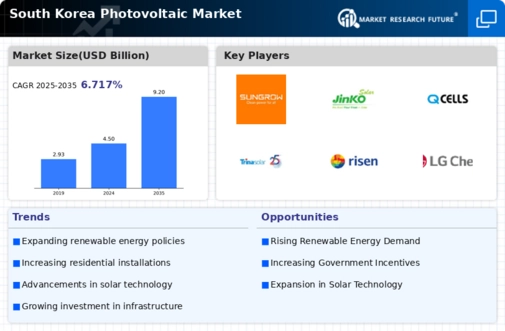
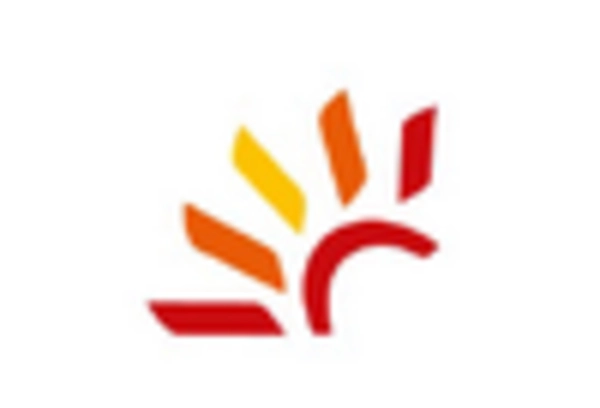
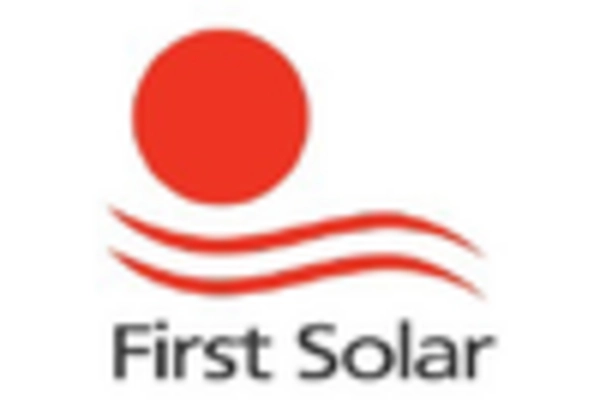
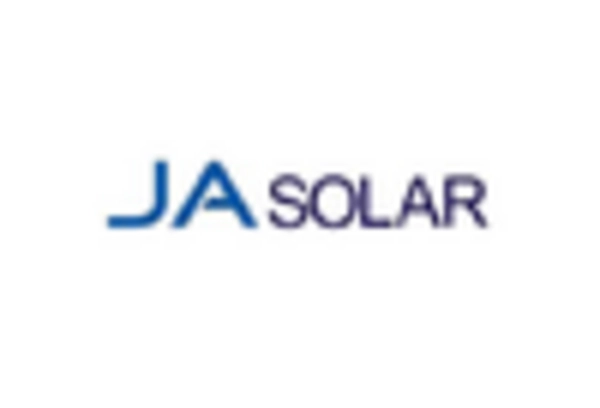
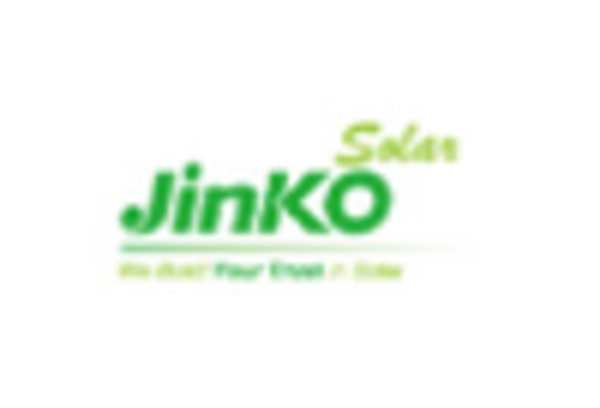
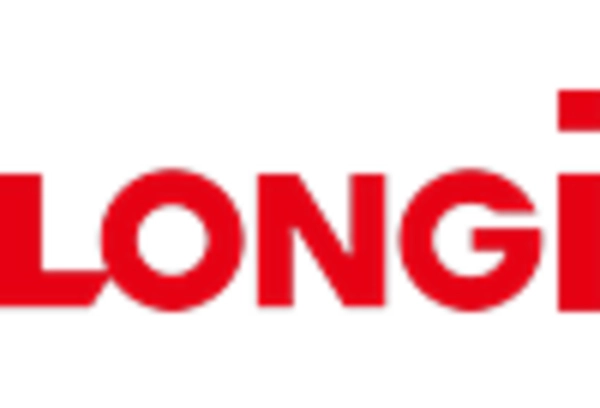
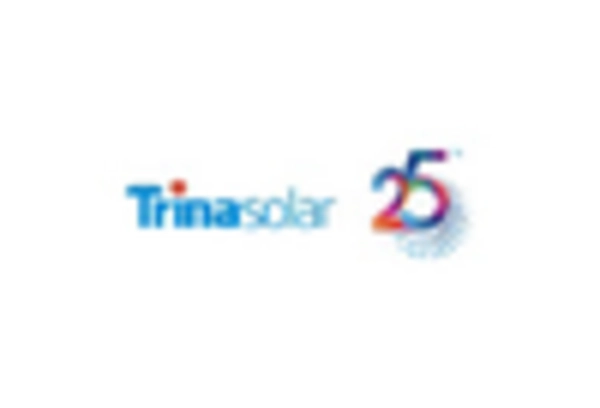








Leave a Comment